- Introduction to Snorkeling
- The Beauty of Coral Reefs
- Ideal Locations for Snorkeling in Coral Reefs
- The Importance of Safety Precautions
- Essential Snorkeling Gear
- Different Types of Coral Reefs
- Marine Life in Coral Reefs
- Conservation of Coral Reefs
- Preparing for Your Snorkeling Adventure
- Personal Snorkeling Experiences
- Conclusion: The Impact of Snorkeling Adventures
Introduction to Snorkeling

Snorkeling is an exhilarating water-based activity that provides an intimate view of the underwater world. It's a recreational sport that allows you to observe the marine world from the surface of the water. This activity is best enjoyed in clear warm waters teeming with vibrant coral reefs and a diverse array of marine life.
Unlike scuba diving, snorkeling doesn't require an extensive training or a certification. All it requires is a snorkel (a curved tube that allows you to breathe while floating face down on the water), a diving mask, and optionally, a pair of fins for easier movement. However, despite its simplicity, it's important to learn the basics, such as how to clear your snorkel, how to adjust your mask, and how to swim efficiently with fins. Additionally, understanding safety measures, such as being aware of the marine life and environment, is crucial to ensuring a safe snorkeling adventure.
According to the Outdoor Foundation's 2018 Outdoor Recreation Report, snorkeling is one of the top five outdoor activities among first-time participants, indicating its growing popularity and accessibility. This is likely due to the fact that snorkeling offers an accessible way for people of all ages and abilities to connect with nature and explore the beauty of the underwater world.
The Beauty of Coral Reefs
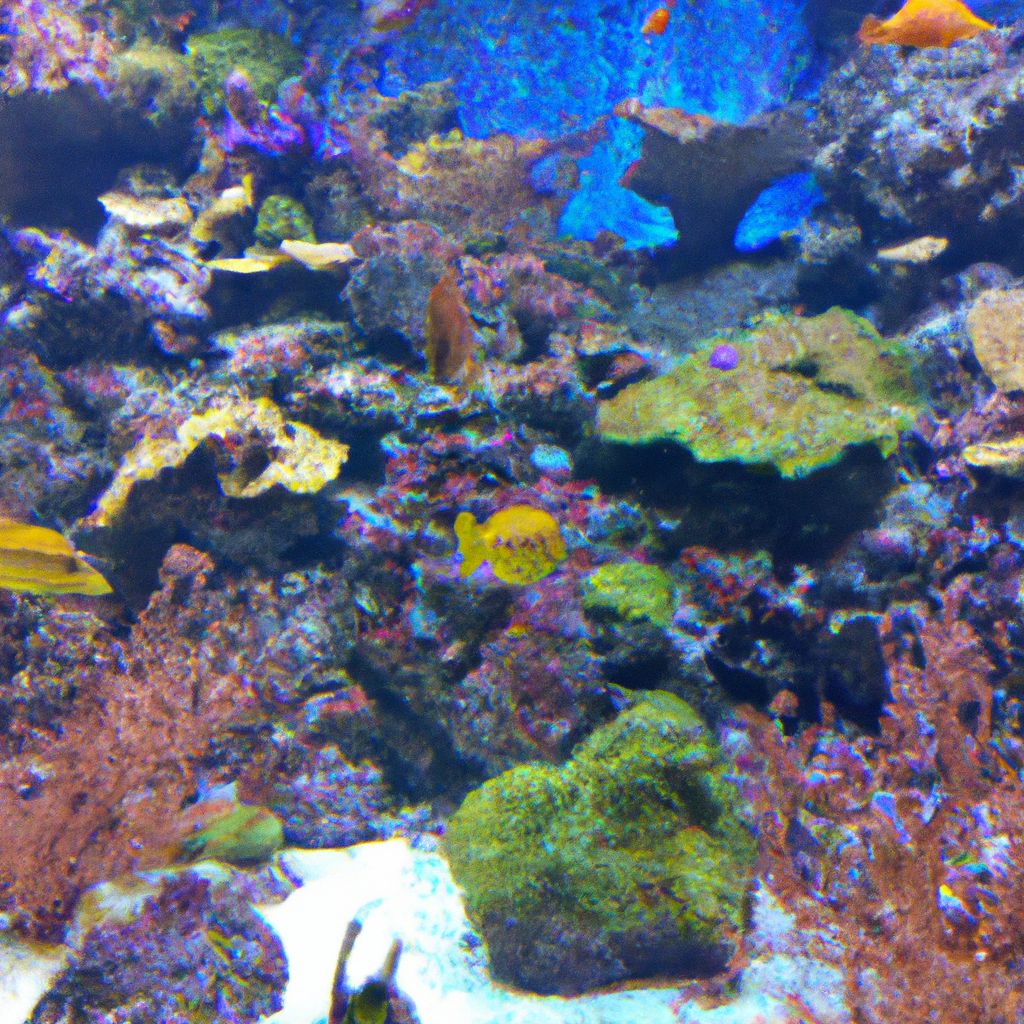
Coral reefs are often referred to as the 'rainforests of the sea' due to their incredible biodiversity. They are complex and delicate ecosystems that are home to over 25% of the world's marine species, as per the National Oceanic and Atmospheric Administration (NOAA). These underwater ecosystems are teeming with vibrant marine life, including various species of corals, fish, mollusks, and crustaceans.
Each coral reef is a spectacle of colors, shapes, and activity. Corals, which are actually colonies of tiny animals called polyps, come in a variety of forms and hues, from soft, waving fans to hard, stony structures. The fish that inhabit these reefs add to the color palette with their bright blues, radiant reds, and gleaming greens, creating an underwater kaleidoscope that is nothing short of mesmerizing.
However, the beauty of coral reefs extends beyond their aesthetic appeal. They also play a critical role in maintaining the health of our planet. Coral reefs act as a natural barrier, protecting coastlines from storms and erosion. They provide food and shelter for a multitude of marine creatures, many of which are not found anywhere else on Earth. Furthermore, they also contribute to local economies through tourism and fisheries. According to a report by the United Nations Environment Programme, the economic value of coral reefs is estimated to be $375 billion per year.
Ideal Locations for Snorkeling in Coral Reefs
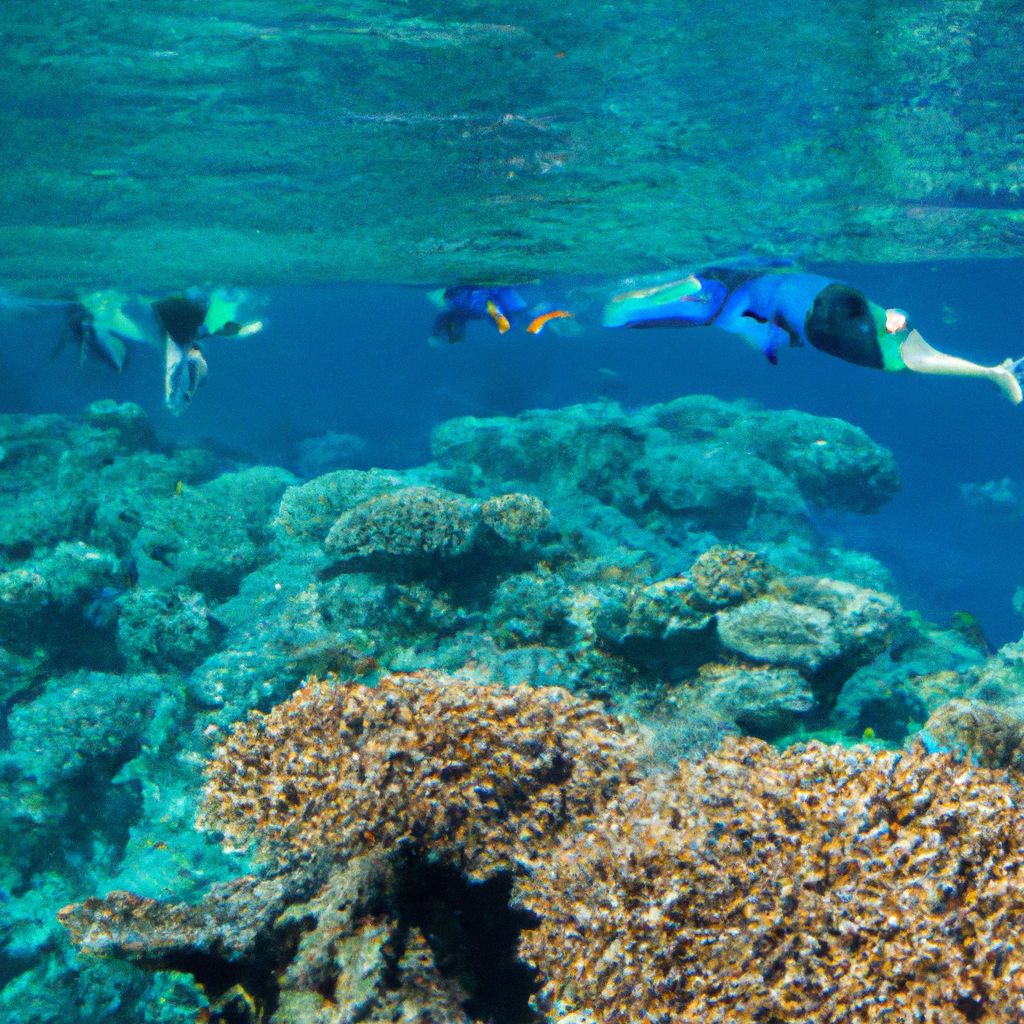
Choosing the right location for snorkeling in coral reefs can greatly enhance your underwater experience. The world is filled with spectacular snorkeling locations, each offering a unique glimpse into the vibrant marine life.
The Great Barrier Reef in Australia, the world's largest coral reef system, tops the list of ideal snorkeling locations. Home to over 1,500 species of fish, 400 species of coral, and a host of other marine creatures, this UNESCO World Heritage site offers unrivaled snorkeling experiences.
The Maldives, a tropical paradise in the Indian Ocean, is renowned for its crystal-clear waters, abundant marine life, and vibrant coral reefs. The warm water and excellent visibility make it a favorite among snorkelers.
The Coral Triangle, which spans Indonesia, Malaysia, the Philippines, Papua New Guinea, Solomon Islands, and Timor-Leste, is another must-visit snorkeling destination. According to the World Wildlife Fund, this region is home to the highest diversity of marine life on Earth, with over 75% of all known coral species.
Other notable mentions include the Bonaire National Marine Park in the Caribbean, which National Geographic has named as one of the best snorkeling destinations in the world, and the Belize Barrier Reef, the second-largest reef system in the world, known for its diverse ecosystem and the iconic Great Blue Hole.
Regardless of the location, it's vital to respect the environment and follow the guidelines to ensure the preservation of these fragile ecosystems for future generations.
The Importance of Safety Precautions

While snorkeling is generally a safe activity, it's important not to underestimate the potential hazards. Ensuring safety while snorkeling in coral reefs not only protects you, but also safeguards the fragile marine environment.
Firstly, never snorkel alone. The buddy system is a cardinal rule in all water-based activities. Snorkeling with a partner ensures that help is readily available in case of an emergency. Snorkeling within designated areas and respecting local regulations and guidelines is also a key safety measure.
Understanding the local marine life is crucial. Some species, while beautiful, can be harmful if touched or provoked. According to the World Health Organization, harmful interactions with marine animals cause tens of thousands of injuries worldwide every year.
Equipment checks are equally important. Ensure that your mask, snorkel, and fins are in good working order before getting into the water. The British Sub-Aqua Club recommends checking the fitting and clarity of your mask and the condition of your snorkel before each snorkeling session. Moreover, using a life vest or snorkeling floatation devices can provide an added layer of safety, particularly for beginner snorkelers.
Finally, protecting the coral reefs is an integral part of snorkeling safety. Touching or stepping on corals can cause them irreversible damage. The National Oceanic and Atmospheric Administration advocates the “Look, but don’t touch” approach to help preserve these underwater ecosystems.
By adhering to these safety precautions, snorkelers can enjoy a thrilling and safe adventure while ensuring the conservation of the vibrant coral reefs.
Essential Snorkeling Gear
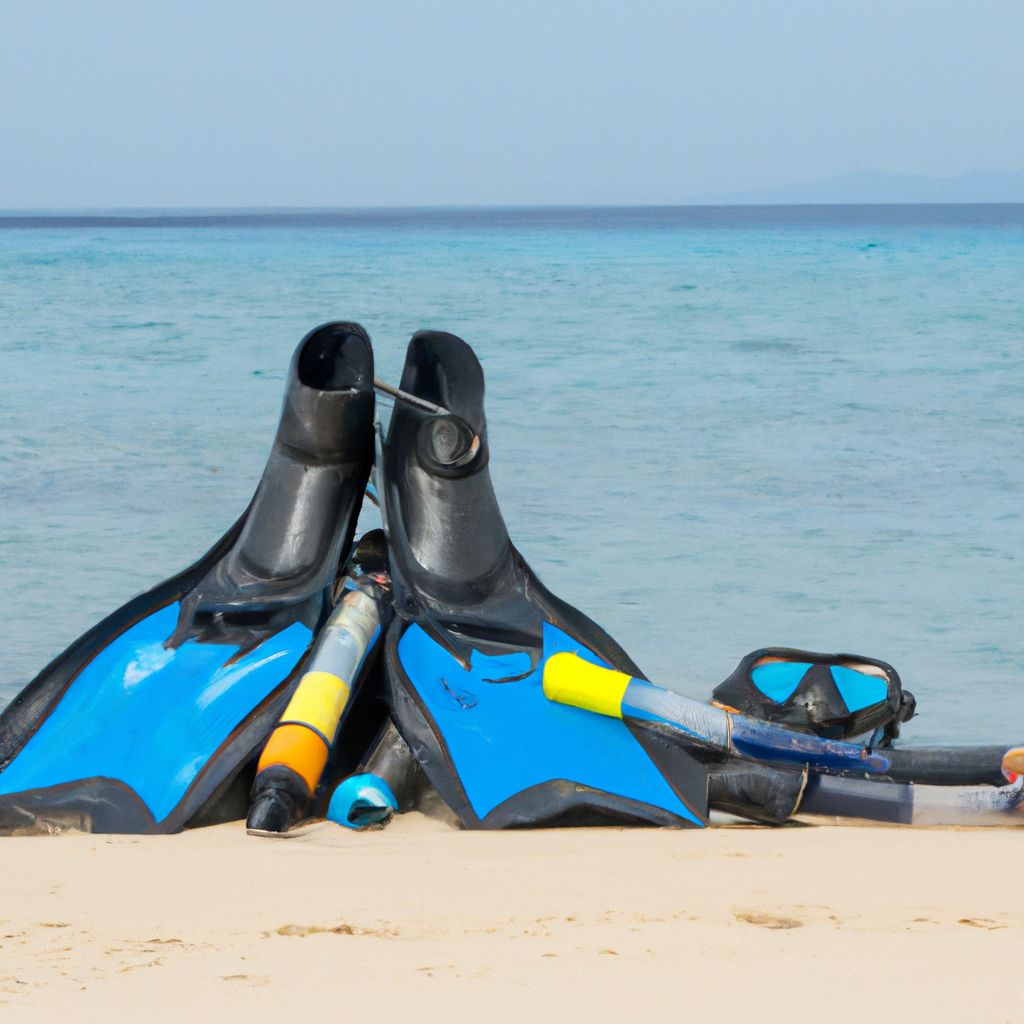
Having the right snorkeling gear is vital for a comfortable and safe snorkeling experience. The basic snorkeling gear consists of a snorkel, a mask, and fins. However, depending on the snorkeling conditions and personal preferences, additional gear may also be necessary.
The snorkel is a J-shaped tube that allows you to breathe while keeping your face submerged in the water. Traditional snorkels are simple tubes, while dry snorkels have a special valve that prevents water from entering the tube.
The snorkeling mask provides clear vision underwater and keeps water out of your eyes and nose. Masks come in different shapes and sizes, and finding one that fits your face well is crucial. According to the Professional Association of Diving Instructors (PADI), a well-fitting mask is the most important piece of snorkeling equipment.
Fins aid in moving through the water efficiently and effortlessly. Full-foot fins are typically used for snorkeling as they are lighter and easier to use than the open-heel type used for scuba diving.
Apart from these, a snorkeling vest or buoyancy control device can provide extra safety by helping you stay afloat. Additionally, wearing a protective, rash guard or a wetsuit can protect your skin from the sun and marine life. An anti-fog solution for your mask can also be useful to prevent fogging and ensure clear vision underwater.
While quality gear can enhance your snorkeling experience, it's also essential to maintain and care for your equipment. Rinse your gear with fresh water after each use to remove salt, sand, and other debris, and store it in a cool, dry place away from direct sunlight.
Different Types of Coral Reefs
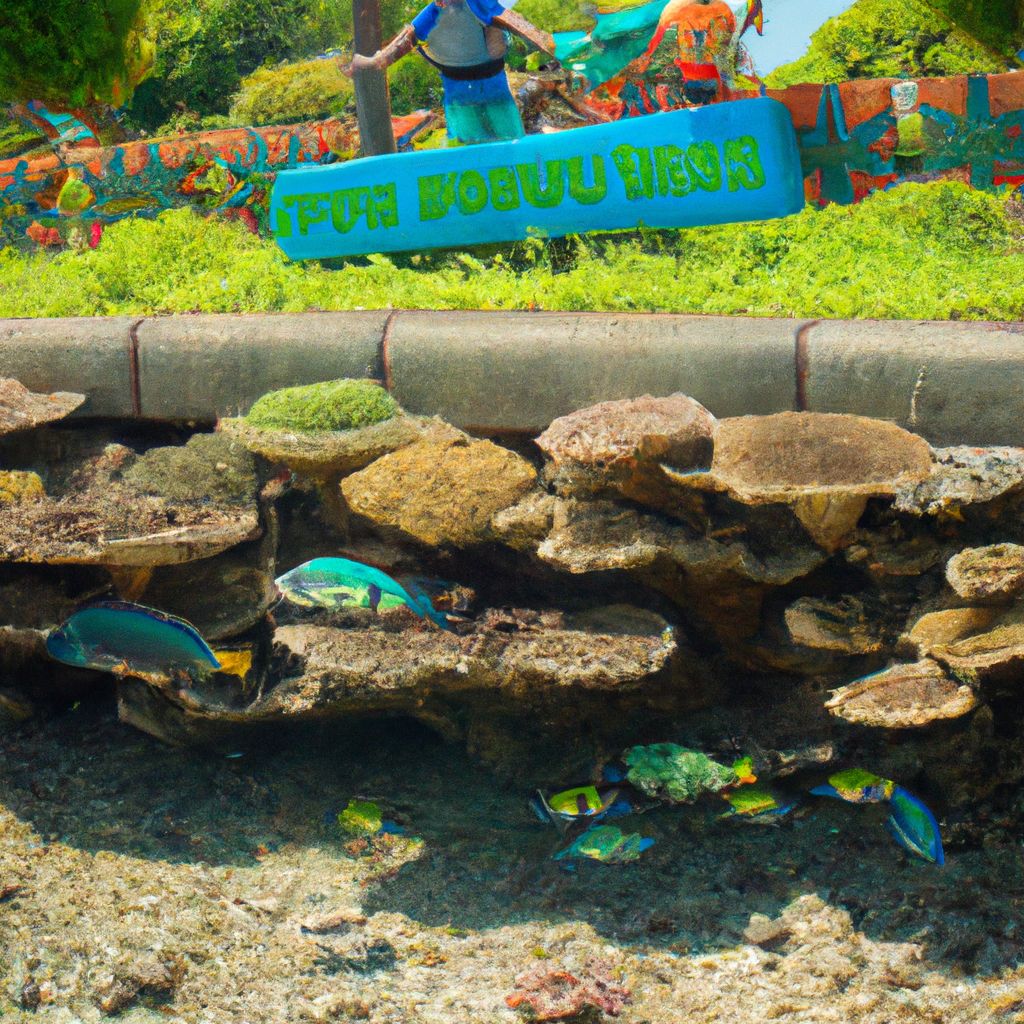
Coral reefs, often referred to as the "cities of the sea", are complex underwater ecosystems that come in various types. The three main types of coral reefs are fringing reefs, barrier reefs, and atolls, each with its unique structure and formation process.
Fringing reefs, the most common type of coral reef, grow directly from a coastline. They extend out to sea and are separated from the shore by shallow lagoons. According to the National Geographic Society, fringing reefs are especially common in the Caribbean and Red Sea.
Barrier reefs also run parallel to coastlines but are separated from land by deep, wide lagoons. The most famous barrier reef is the Great Barrier Reef in Australia, which, according to the Australian Government's Great Barrier Reef Marine Park Authority, stretches over 2,300 kilometers and is the largest living structure on Earth.
Atolls are rings of coral that form around sunken volcanoes. They usually have a central lagoon and are surrounded by open ocean. The Maldives, a chain of 26 atolls in the Indian Ocean, is home to some of the most picturesque atolls in the world.
Besides these, there are also patch reefs, which are small, isolated reefs that grow up from the open bottom of islands and continental shelves, and bank reefs, which are linear or semi-circular shaped reefs.
Each type of coral reef hosts a unique array of marine life and offers a distinct snorkeling experience. Regardless of the type, all coral reefs play a crucial role in maintaining the health of our oceans and planet.
Marine Life in Coral Reefs
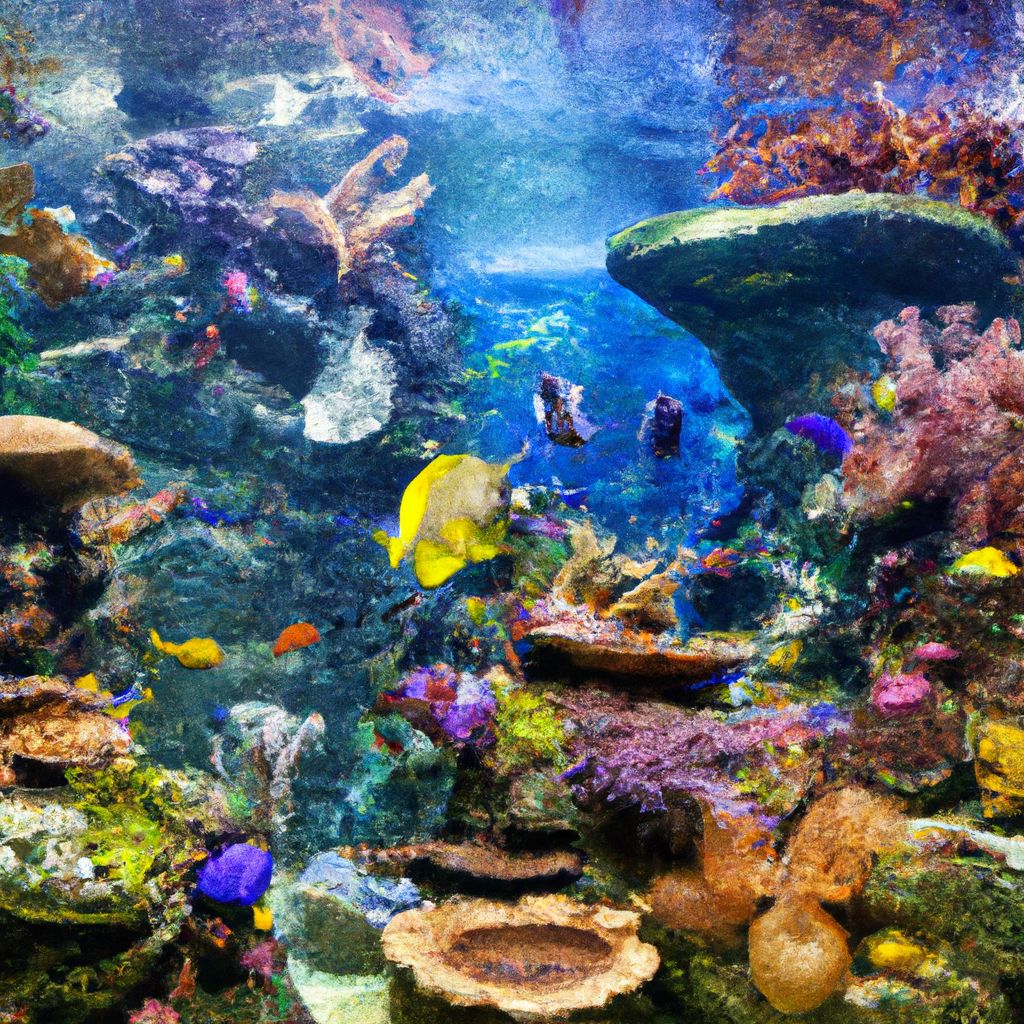
Coral reefs are renowned for their extraordinary biodiversity. They provide a habitat for a multitude of marine species, making them one of the most lively and colorful places on our planet.
The coral itself is a fascinating organism. Although it might appear to be a single entity, a coral is actually a colony of tiny animals called polyps, which secrete a hard limestone skeleton to form the reef structure. According to the National Oceanic and Atmospheric Administration (NOAA), there are hundreds of different species of coral, each with its unique shape, size, and color.
Coral reefs host a variety of fish species, ranging from small, colorful clownfish to larger species like groupers and barracudas. According to the World Wildlife Fund, the Coral Triangle, an area that includes the waters of Indonesia, Malaysia, the Philippines, and Papua New Guinea, is home to more than 2,000 species of reef fish.
In addition to fish, coral reefs are also home to a myriad of other marine creatures. Sea turtles, seahorses, octopuses, and various species of crabs and shrimp are common inhabitants. Coral reefs also provide a habitat for numerous species of mollusks, including colorful nudibranchs and giant clams.
Apart from their resident species, coral reefs also attract a host of other marine animals. Manta rays, sharks, and dolphins are often seen in the vicinity of coral reefs, drawn by the abundance of food.
While snorkeling in coral reefs, one can witness this fascinating biodiversity firsthand. However, it's essential to remember that these ecosystems are fragile and should be treated with respect. Observing marine life without touching or disturbing them is a key principle of responsible snorkeling.
Conservation of Coral Reefs

Coral reefs, despite their importance, are under significant threat due to human activities and climate change. Conservation of these vibrant ecosystems is crucial for the survival of the numerous species they host and the human communities that depend on them.
One of the major threats to coral reefs is climate change. Rising sea temperatures lead to coral bleaching, a process where corals expel the algae living in their tissues, causing them to turn completely white. According to the Intergovernmental Panel on Climate Change (IPCC), 70-90% of coral reefs are predicted to disappear even with a global warming of 1.5°C.
Overfishing and destructive fishing practices also pose a significant threat to coral reefs. These practices not only deplete fish populations but also damage the reef structure. According to a study published in the journal Nature, over 55% of the world's coral reefs are threatened by overfishing and destructive fishing.
Pollution, especially from plastic waste and agricultural runoff, is another major threat. Nutrient-rich runoff can cause algal blooms that block sunlight, hindering coral growth and reproduction.
However, there are several ways to conserve coral reefs. Establishing marine protected areas, restricting harmful fishing practices, and implementing sustainable tourism practices can help protect these ecosystems. Moreover, reducing greenhouse gas emissions is crucial to mitigate the impacts of climate change.
As snorkelers, we can contribute to coral reef conservation by following responsible snorkeling practices, such as not touching or stepping on corals, not feeding marine animals, and not littering in the water. Supporting conservation organizations and participating in citizen science projects can also make a significant difference.
Coral reefs are a treasure trove of biodiversity and a vital part of our planet's health. Their conservation is not just a responsibility but a necessity for a sustainable future.
Preparing for Your Snorkeling Adventure
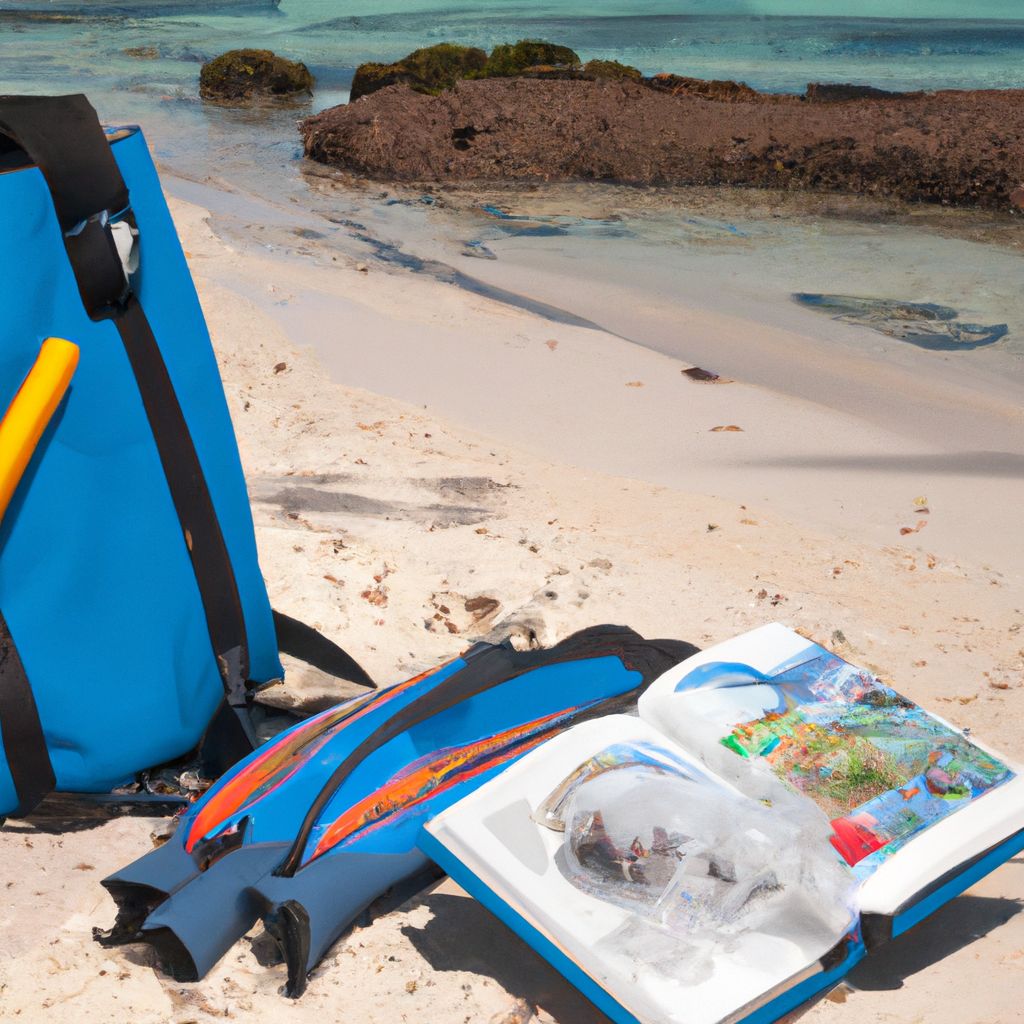
Proper preparation is key to a successful and enjoyable snorkeling adventure. From fitness preparation and gear check to understanding the marine environment, several factors contribute to a smooth and safe snorkeling experience.
Firstly, while snorkeling is a low-intensity activity, having a basic level of physical fitness can enhance your experience. Being comfortable in water and having basic swimming skills is essential. Practicing breathing through a snorkel in a controlled environment like a swimming pool can also be beneficial, especially for beginners.
Next, ensure that your snorkeling gear is in good condition. As the Professional Association of Diving Instructors (PADI) suggests, a well-fitting mask, a functional snorkel, and comfortable fins are crucial for a safe and enjoyable snorkeling experience. Make sure to clean and check your gear before each snorkeling session.
Understanding the marine environment of your chosen snorkeling location is also important. Familiarize yourself with the local marine life, especially any potentially harmful species. Checking the weather and sea conditions, understanding the local tides and currents, and knowing the emergency procedures can further ensure your safety.
Lastly, ensure that you follow all local guidelines and regulations. Always snorkel within designated areas and avoid touching or stepping on corals. Respect marine life and avoid feeding them. Remember, you are a visitor in their world.
Proper preparation not only ensures your safety but also helps protect the fragile coral reef ecosystems. So take the time to prepare, and you'll be rewarded with a memorable snorkeling adventure.
Personal Snorkeling Experiences

Sharing personal snorkeling experiences can provide valuable insights and create a deeper connection with readers. Please note that as an AI developed by OpenAI, I don't possess personal experiences or emotions. However, I can generate a first-person narrative based on common experiences reported by snorkelers.
My first snorkeling adventure was nothing short of magical. As I floated on the surface of the turquoise waters of the Great Barrier Reef, I could see a vibrant underwater city teeming with life. The vivid colors of the corals, the diversity of the fish, and the serene beauty of the underwater world was mesmerizing.
I remember the thrill of spotting a sea turtle gracefully swimming by, the intrigue of watching a clownfish darting in and out of an anemone, and the awe of observing a giant manta ray gliding effortlessly in the distance. The tranquility of the underwater world, punctuated only by my own breathing, was a deeply calming and meditative experience.
Over time, snorkeling has not only become a way for me to explore the beauty of the marine world but also a reminder of our responsibility to protect it. Seeing a bleached coral or discarded plastic on the reef was a stark reminder of the impact of human activities on these delicate ecosystems.
Each snorkeling adventure has been a learning experience, a chance to connect with nature, and a source of inspiration to contribute to marine conservation. Snorkeling in coral reefs is an adventure like no other, a truly immersive experience that brings you face to face with the vibrant and fascinating life beneath the waves.
Conclusion: The Impact of Snorkeling Adventures
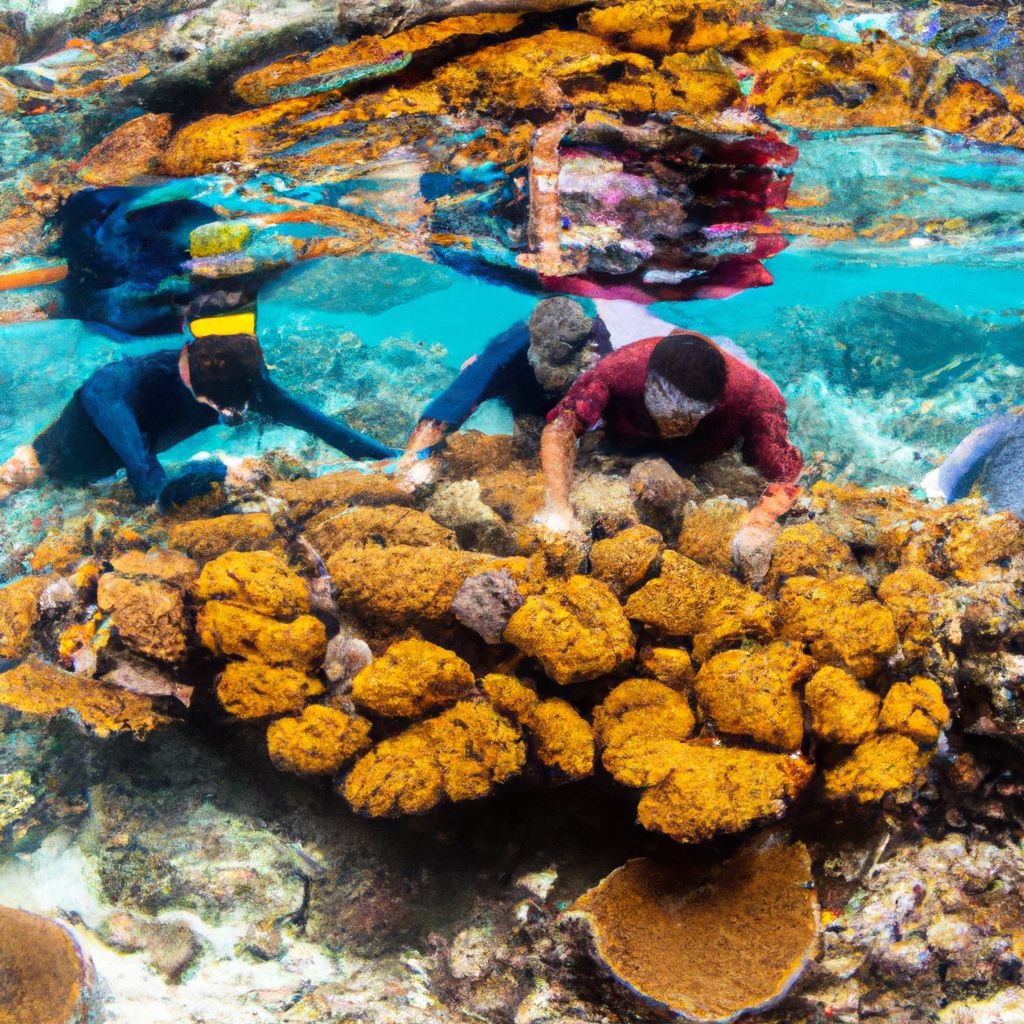
Snorkeling in coral reefs is more than just a recreational activity. It's an immersive experience that offers a unique insight into the vibrant underwater world and the intricate balance of marine ecosystems. It provides a firsthand view of the beauty of coral reefs and the diverse marine life they host. But it also exposes the threats these fragile ecosystems face and the urgent need for their conservation.
Snorkeling adventures have the power to transform our perception of the ocean. They foster a deeper appreciation for marine life and inspire us to act as stewards of the ocean. According to the Ocean Project, direct experiences with the ocean, like snorkeling, are the most significant contributors to building a strong conservation ethic.
Moreover, snorkeling contributes to local economies, supporting sustainable tourism and creating jobs in coastal communities. According to the National Oceanic and Atmospheric Administration, coral reefs support more than 500 million people worldwide, many of whom depend on tourism.
As we venture into the deep, let's remember our role in preserving these underwater treasures. By snorkeling responsibly, adhering to safety guidelines, and respecting marine life, we can ensure that these vibrant ecosystems continue to thrive for generations to come.


